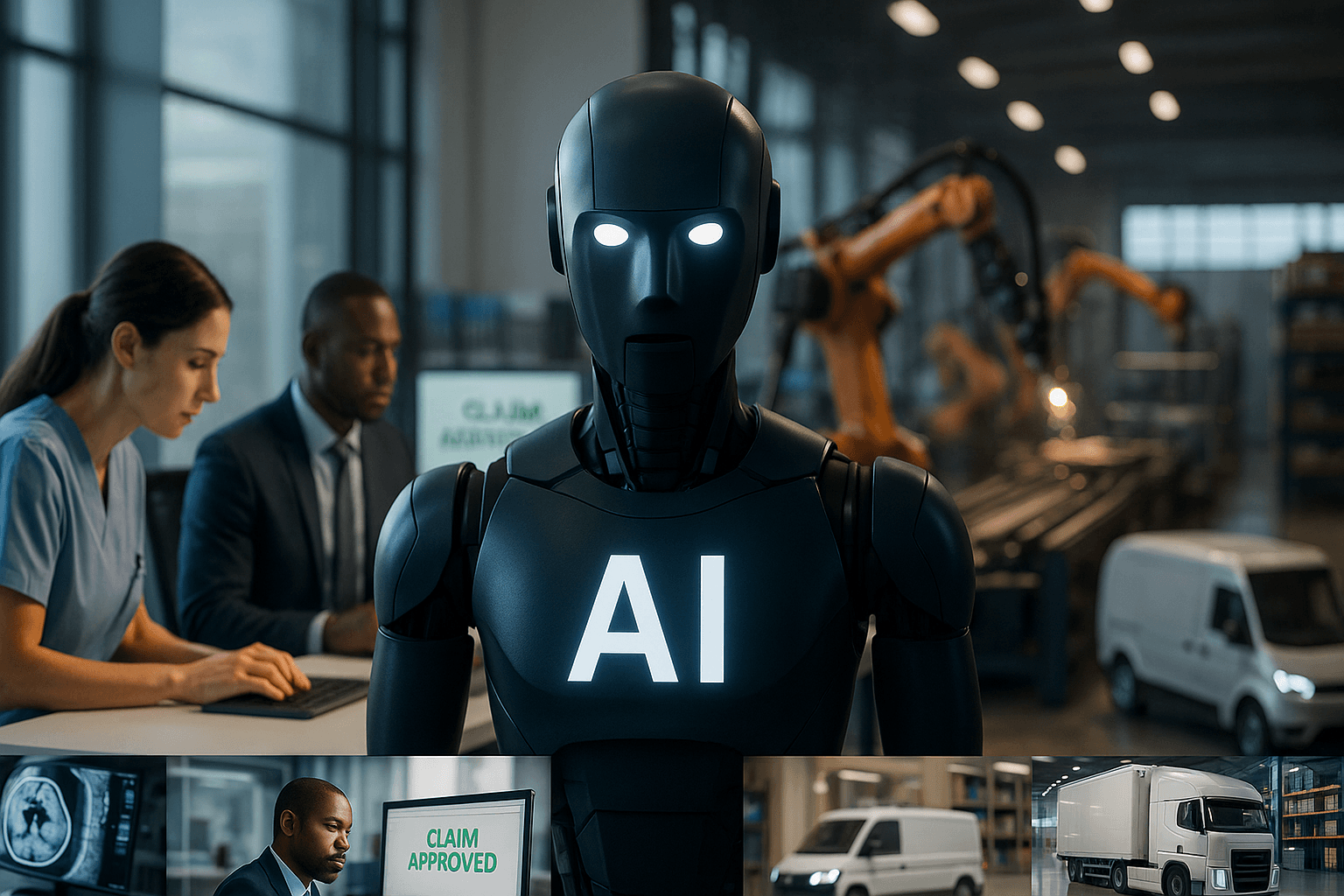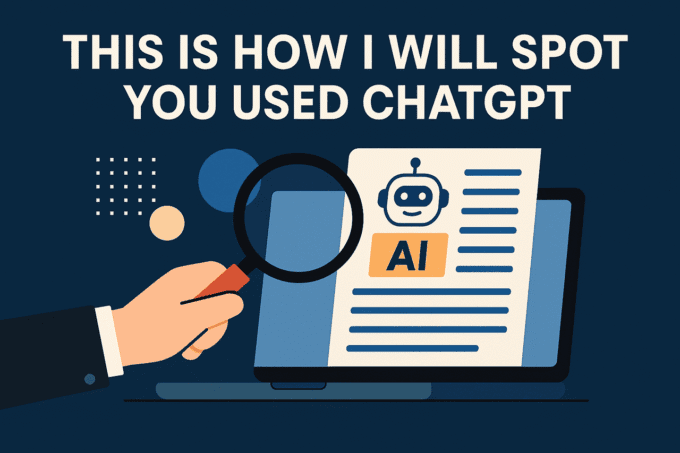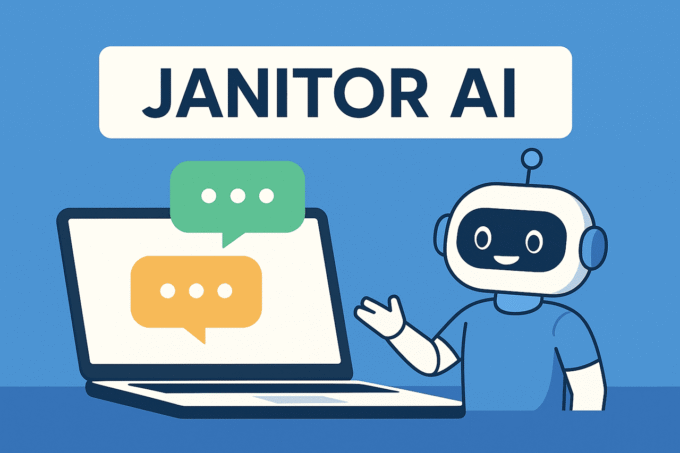By 2026, AI will not just be a sidekick for certain industries. It will be running the show in ways that are hard to imagine today. Some jobs will vanish, new ones will show up, and the way we do business will change fast. If you want to stay ahead, you need to know which industries are heading for full automation and what that means for you. This article will walk you through the five main industries AI is set to completely take over by 2026, how it will happen, and what you can do about it.
Which industries will AI completely take over by 2026?
If you look at adoption rates, investments, and the way companies are building AI into their processes, five industries stand out:
- Healthcare diagnostics
- Insurance claims processing
- Manufacturing and quality inspection
- Customer service and retail automation
- Supply chain and logistics optimization
Each of these already uses AI in small ways. The difference is that by 2026, AI will be doing most of the work in these fields without needing constant human oversight.
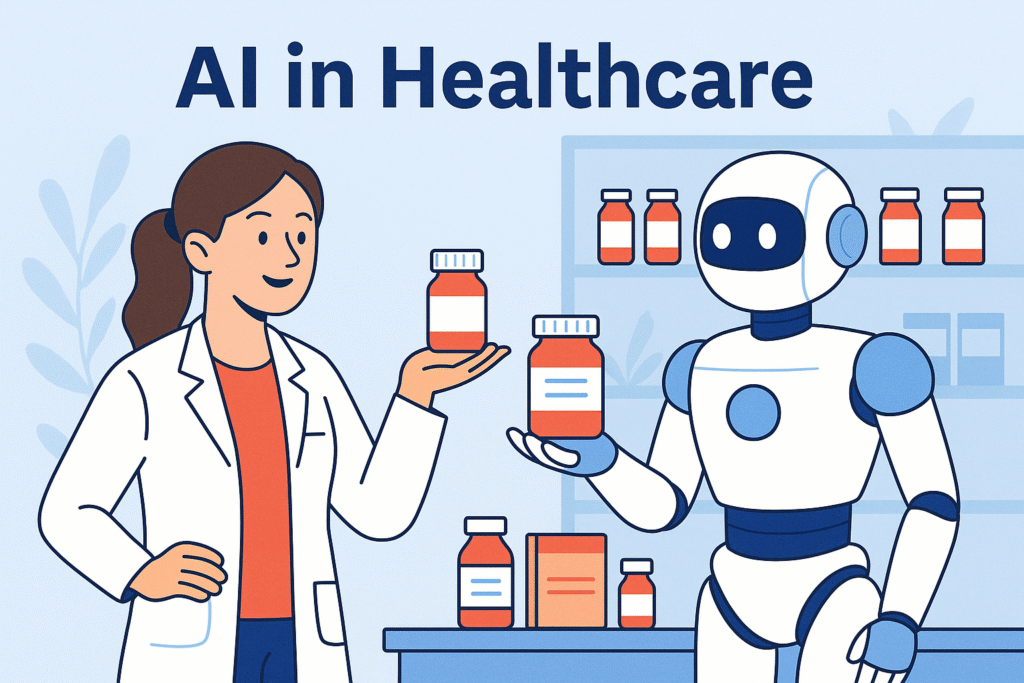
Industry 1: Healthcare – AI’s Running the Show in Patient Care
Healthcare’s getting a massive AI overhaul. Think diagnostics, drug discovery, and virtual nurses. By 2026, AI’s expected to handle a ton of tasks doctors and nurses do now. The healthcare AI market’s set to hit $187 billion by 2030 (Grand View Research). Why? Because AI’s spotting diseases like cancer with 90% accuracy, sometimes beating human specialists.
Will AI Completely Take Over Healthcare?
By 2026, AI won’t replace every doctor, but it’ll handle diagnostics, imaging analysis, and even some surgeries. Tools like IBM Watson are already helping oncologists, and Google’s DeepMind catches eye diseases faster than humans. Expect AI to manage patient records, predict outbreaks, and personalize treatments, saving time and lives.
Benefits and Risks of AI in Healthcare
AI’s a game-changer here. It catches diseases early, cuts costs, and tailors treatments to your DNA. For example, AI-powered tools like PathAI are spotting patterns in tissue samples humans miss. But there’s a downside:
Benefits:
- Faster diagnoses (AI reads scans in seconds).
- Personalized medicine (think drugs designed for you).
- Lower costs (hospitals save billions on efficiency).
Risks:
- Bias in AI models (bad data can lead to wrong diagnoses).
- Job losses (radiologists and lab techs might be out of work).
- Privacy concerns (your health data’s a goldmine).
AI Tools and Implementation Strategies in Healthcare
Want to know the tools driving this? TensorFlow powers machine learning for diagnostics, while PathAI’s used for pathology. Hospitals are starting small with pilot programs, like using AI to analyze X-rays before rolling it out to entire departments. Here’s how to implement:
- Start with one department (radiology or oncology).
- Train staff to work alongside AI, not against it.
- Monitor results and scale up slowly.
Privacy and Legal Implications
Your health data’s sensitive, and AI’s gobbling it up. Laws like HIPAA in the U.S. and GDPR in Europe demand tight security. If AI screws up a diagnosis, who’s liable? The doctor? The coder? Nobody’s got clear answers yet. Hospitals need to encrypt data and follow strict ethical guidelines to avoid lawsuits.
Best Practices and Future Trends
To do AI right in healthcare, focus on ethics. Use transparent models so doctors know how AI makes decisions. Train staff regularly to keep up with new tools. Looking ahead, expect AI-driven virtual nurses and personalized drugs to be standard by 2026. The future’s wild—AI might even predict your next illness before you feel it.
Industry 2: Finance – AI’s Calling the Shots in Money
Finance is all about numbers, and AI loves numbers. By 2026, AI’s expected to manage $1 trillion in assets (Forbes, 2024). From catching fraud to running stock trades, AI’s already outpacing humans. It’s cut fraud cases by 75% for some banks (Accenture). This isn’t just tech—it’s changing how we bank and invest.
How Will AI Impact the Finance Industry?
AI’s running fraud detection, customer service, and trading. Robo-advisors like Betterment manage portfolios, and AI systems like JPMorgan’s COiN review contracts in seconds, not days. By 2026, expect AI to predict market trends and personalize banking like never before.
Will AI Replace Jobs in Banking and Insurance?
Yup, AI’s taking over tellers, underwriters, and claims processors. By 2026, routine tasks like loan approvals will be fully automated. A fintech CEO recently said, “If your job’s repetitive, AI’s coming for it.” But new roles, like AI trainers, are popping up. Reskilling’s the key to staying relevant.
Benefits and Risks of AI in Finance
AI’s making finance faster and safer, but it’s not perfect:
Benefits:
- Catches fraud instantly (saves billions annually).
- Real-time market insights (traders love this).
- Cheaper banking (no need for huge staff).
Risks:
- Biased algorithms (can deny loans unfairly).
- Market crashes from AI trading errors.
- Data breaches (your bank details aren’t always safe).
AI Tools and Implementation Strategies in Finance
Tools like FraudGuard spot scams, while QuantConnect powers trading algorithms. Want to bring AI into a bank? Start with fraud detection, test it for six months, then expand to trading or customer service. Always check compliance with laws like Dodd-Frank to avoid fines.
Privacy and Legal Implications
Financial data’s a hacker’s dream. AI systems need bulletproof encryption to meet regulations. If an AI denies your loan, you’ve got a right to know why, but most models are black boxes. Banks need to build transparent systems and brace for legal battles over AI decisions.
Best Practices and Future Trends
For AI in finance, transparency’s king. Audit systems regularly to catch biases. By 2026, expect blockchain and AI to team up for secure, instant transactions. You’ll probably see AI managing your entire portfolio, tailored to your risk tolerance, without a human ever stepping in.
Industry 3: Manufacturing – AI’s Building Smarter Factories
Manufacturing’s already halfway to being an AI playground. Smart factories are cutting downtime by 40% (Gartner, 2024), and robotic automation’s at 60% adoption in some plants. By 2026, AI’s set to run production lines, predict machine failures, and optimize supply chains.
What Jobs Will AI Replace in Manufacturing?
AI’s taking over assembly line work, quality checks, and maintenance roles. Robots like Tesla’s Optimus are doing repetitive tasks, and AI systems like Siemens’ predict when machines will break. By 2026, expect fewer human workers on factory floors, but more jobs in AI oversight.
Benefits and Risks of AI in Manufacturing
AI’s making factories leaner and meaner, but there’s a trade-off:
Benefits:
- Less downtime (machines fixed before they break).
- Higher output (robots don’t take breaks).
- Safer workplaces (AI handles dangerous tasks).
Risks:
- Job cuts (millions of factory workers at risk).
- Over-reliance on AI (one glitch can halt production).
- High setup costs (small factories might struggle).
AI Tools and Implementation Strategies in Manufacturing
Tools like Autodesk Fusion 360 streamline design, while IBM Maximo predicts maintenance needs. Start by integrating AI with IoT sensors to monitor machines. Test on one production line, then scale up. Train workers to manage AI systems, not just push buttons.
Privacy and Legal Implications
AI’s tracking worker performance, which raises privacy flags. Who owns that data? Plus, if an AI-controlled robot causes an accident, who’s liable? Factories need clear policies and compliance with labor laws to avoid trouble.
Best Practices and Future Trends
Keep humans in the loop for safety checks. Use AI to complement workers, not replace them entirely. By 2026, fully autonomous factories could be normal, with AI handling everything from design to delivery. Ethical guidelines will be key to keeping things fair.
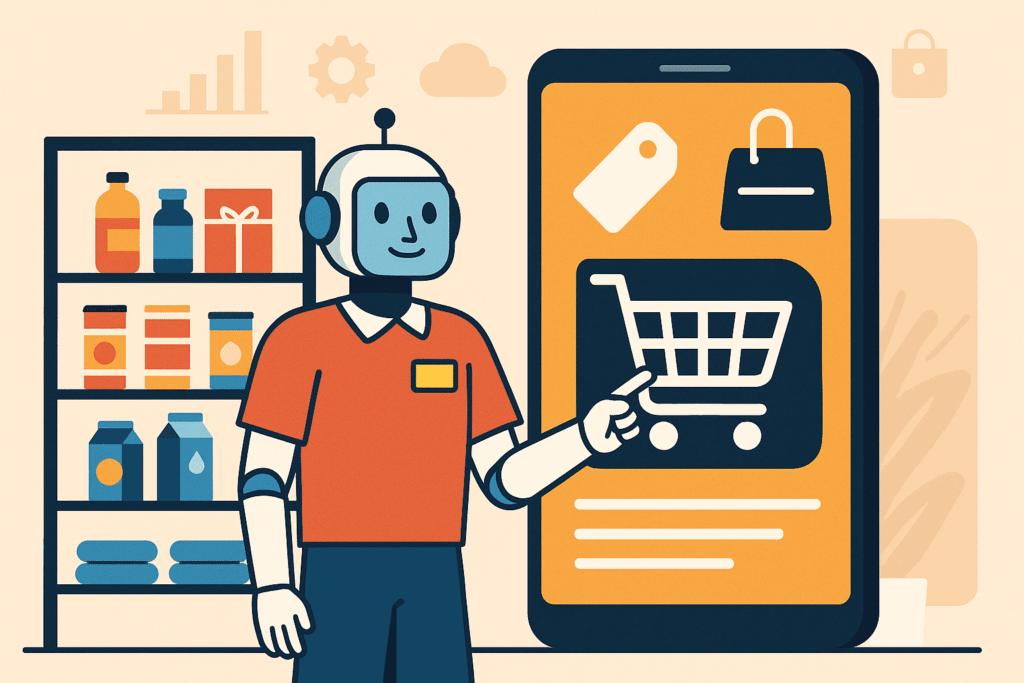
Industry 4: Retail – AI’s Personalizing Your Shopping
Retail’s getting a major AI facelift. By 2026, AI’s expected to drive $800 billion in revenue through personalization (McKinsey). From chatbots to inventory bots, AI’s changing how we shop, both online and in stores.
Will AI Dominate the Retail Sector by 2026?
AI’s already running recommendations on Amazon and inventory in Walmart stores. By 2026, it’ll handle pricing, customer service, and even store layouts. Chatbots will answer your questions, and AI will predict what you’ll buy next, making shopping faster and creepily accurate.
Benefits and Risks of AI in Retail
AI’s making shopping slick, but it’s got issues:
Benefits:
- Tailored recommendations (boosts sales 30%).
- Efficient inventory (no more empty shelves).
- 24/7 customer support (chatbots never sleep).
Risks:
- Privacy invasion (tracking your every click).
- Fewer human jobs (cashiers and clerks at risk).
- Over-personalization (feels like Big Brother).
AI Tools and Implementation Strategies in Retail
Shopify’s AI tools boost e-commerce, while Adobe Sensei personalizes ads. Start with a chatbot for customer queries, then add AI for inventory tracking. Test in one store or online platform before going all-in. Data’s key, so collect it ethically.
Privacy and Legal Implications
Retailers track your shopping habits, and AI amplifies that. Laws like CCPA require clear consent for data use. If AI prices items unfairly, legal trouble’s coming. Stores need to be upfront about data collection and secure it tightly.
Best Practices and Future Trends
Get customers to opt in for data sharing. Use AI to enhance, not replace, human interaction. By 2026, expect AR-AI combos letting you “try on” clothes virtually or AI designing store layouts based on your shopping habits.
Industry 5: Logistics – AI’s Speeding Up Deliveries
Logistics is all about moving stuff fast, and AI’s making it faster. The AI logistics market’s set to hit $20 billion by 2026 (Statista), with deliveries 50% quicker thanks to route optimization and drones.
What Is the Future of AI in Logistics?
By 2026, AI will optimize supply chains, predict demand, and run autonomous deliveries. Tools like UPS’s ORION save millions by picking the best routes. Drones and self-driving trucks will handle last-mile delivery, cutting costs and time.
How Is AI Changing the Transportation Industry?
AI’s running traffic management and autonomous vehicles. By 2026, self-driving trucks and drones will be common. A logistics exec said, “AI’s not just faster; it’s greener.” It’s optimizing routes to cut fuel use and emissions, changing how goods move.
Benefits and Risks of AI in Logistics
AI’s streamlining logistics, but it’s not all smooth:
Benefits:
- Cheaper deliveries (saves 20-30% on costs).
- Faster shipping (same-day delivery everywhere).
- Greener routes (less fuel, lower emissions).
Risks:
- Cybersecurity threats (hackers love AI systems).
- Job losses (drivers and warehouse workers hit hard).
- System failures (one crash can snarl supply chains).
AI Tools and Implementation Strategies in Logistics
Llamasoft optimizes supply chains, while Blue Yonder forecasts demand. Start with AI for route planning in one warehouse. Monitor results, then expand to autonomous vehicles. Train staff to oversee AI, not just rely on it.
Privacy and Legal Implications
AI tracks shipments and drivers, raising privacy concerns. Who’s responsible if a self-driving truck crashes? Regulations are lagging, so companies need clear policies and insurance to cover AI mishaps.
Best Practices and Future Trends
Build backup systems for AI failures. Use AI to cut emissions, not just costs. By 2026, expect fully autonomous supply chains, with AI handling everything from warehouse picking to drone deliveries. Ethics will be crucial to avoid public backlash.
The Broader Impacts: Jobs and Ethics
AI’s not just changing industries; it’s shaking up society. Up to 300 million jobs could be affected globally (McKinsey, 2023). Roles like data entry, driving, and even some medical tasks are at risk. But new jobs, like AI trainers and ethicists, are emerging. The ethical side’s messy—AI can be biased, opaque, or just plain creepy. A tech expert put it bluntly: “AI’s only as fair as the humans who build it.” We need rules to keep it in check.
Preparing for the AI Takeover: What You Can Do
Businesses and workers need to get ready now. For companies, it’s about smart integration:
- Start small with AI pilots (test one tool, like a chatbot).
- Train employees to use AI, not fear it.
- Check compliance with laws to avoid headaches.
For workers, upskilling’s the name of the game. Learn AI basics through platforms like Coursera or Udemy. Focus on roles AI can’t touch, like creative or strategic jobs. Businesses should invest in reskilling programs to keep staff relevant.
Wrapping Up: Getting Ready for 2026
AI’s not slowing down, and by 2026, it’ll run the show in healthcare, finance, manufacturing, retail, and logistics. The changes are coming fast—better efficiency, new innovations, but also job losses and ethical challenges. Start learning about AI now, whether you’re a business owner or a worker. Pick up a course, test a tool, or push for ethical guidelines. The future’s here, and it’s all about the 5 industries AI will completely take over by 2026.
